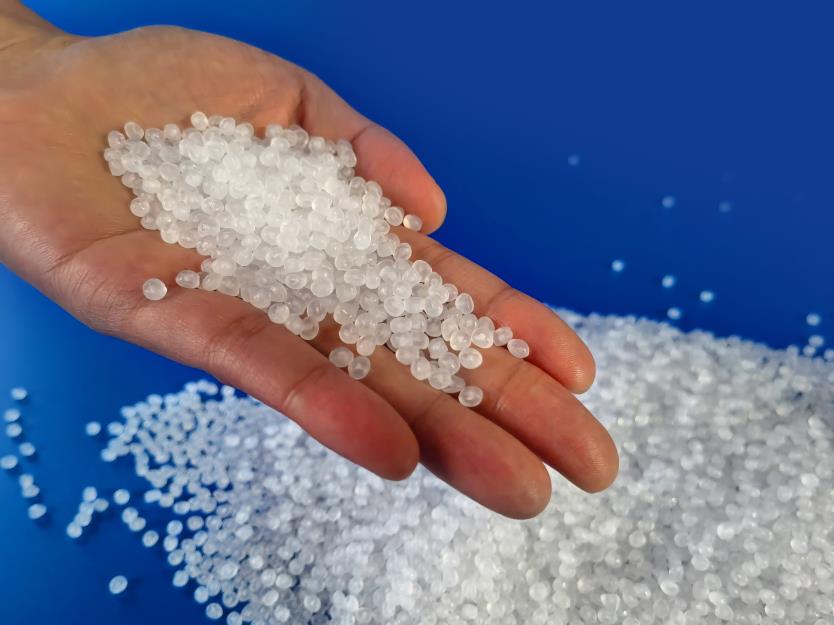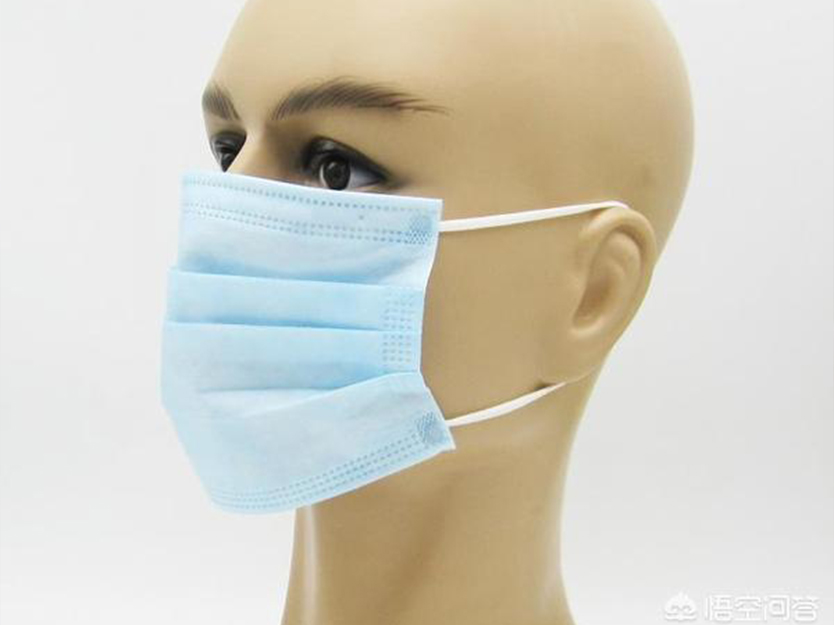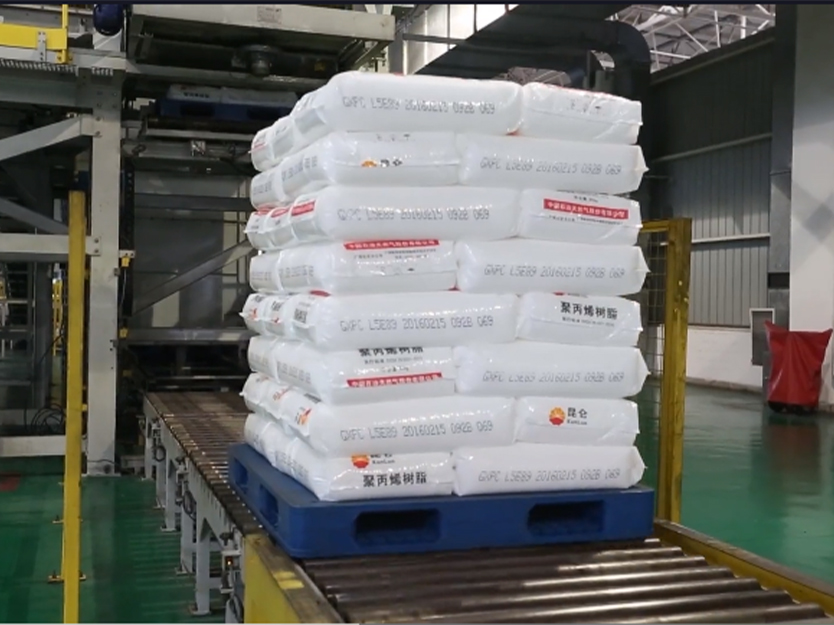Best-Selling Pp Injection Molding - Polypropylene Resin PPH-Y40 (H39S) – Chemdo
Best-Selling Pp Injection Molding - Polypropylene Resin PPH-Y40 (H39S) – Chemdo Detail:
Description
Polypropylene(PP), a kind of non-toxic,odorless, tasteless opalescent polymer with high crystallization, the melting point among 164-170℃, the density among 0.90-0.91g/cm3, the molecular weight is about 80,000-150,000. PP is one of the lightest plastic of all varieties at present, particularly stable in water, with a water absorption rate in water for 24 hours is only 0.01%.
Application Direction
PPH-Y26(Z30S) adopts SINOPEC second-generation loop polypropylene complete process technology.It is mainly used in the field of non-woven fabrics and other production fields, and used in the fields of decoration, medical and health materials as well.
Product Packaging
In 25kg bag, 16MT in one 20fcl without pallet or 26-28MT in one 40HQ without pallet or 700kg jumbo bag, 26-28MT in one 40HQ without pallet.
Typical Characteristic
|
ITEM |
UNIT |
INDEX |
TEST METHOD |
|
|
Melt mass flow rate(MFR) Standard value |
g/10min |
40 |
GB/T 3682.1-2018 |
|
|
Melt mass flow rate(MFR) Deviation value |
g/10min |
±5 |
GB/T 3682.1-2018 |
|
|
Tensile yield stress |
Mpa |
≥29.0 |
GB/T 1040.2-2006 |
|
|
Fish eye 0.8mm |
Per 1520/cm2 |
<10 |
GB/T 6595/1986 |
|
|
Fish eye 0.4mm |
Per 1520/cm2 |
<40 |
GB/T 6595/1986 |
|
|
Dust |
%(w/w) |
≤0.03 |
GB/T 9341-2008 |
|
Product Transportation
Polypropylene resin is a non-hazardous goods.Throwing and using sharp tools like hook is strictly forbidden during transportation.Vehicles should be kept clean and dry. it must not be mixed with sand, crushed metal, coal and glass, or toxic, corrosive or flammable materials in transportation. It is strictly forbidden to be exposed to the sun or rain.
Product Storage
This product should be stored in a well ventilated, dry, clean warehouse with effective fire protection facilities. It should be kept far away from heat sources and direct sunlight. The storage is strictly prohibited in open air. A rule of storage should be followed. The storage period is not more than 12 months since the date of production.
Common Classification
1. Homo-polymer
PP-polypropylene Homo-polymer polypropylene, referred to as PPH The homo-polymer of polypropylene PP is referred to as PPH, which is a polymer of a single propylene monomer. Polypropylene (PP) was commercially produced as a thermoplastic polymer in 1957 and was the first of the stereoregular polymers. Its historical significance is even more reflected in that it has been the fastest growing major thermoplastic, with its total national production reaching 3 million tons in 2004. It has a very wide range of applications in the field of thermoplastics, especially in fiber and filament, film extrusion, injection molding and so on.
2. PP co-polymer,
Polypropylene Co-polymer, referred to as PPC, is a co-polymer of propylene monomer and ethylene monomer; according to the distribution of ethylene monomer on the molecular chain, co-polymerized PP can be divided into random co-polymer (PPR) and embedded There are two types of segmented co-polymers (PPB). The rigidity of PPR is good, but the impact resistance is not good, especially the low temperature impact resistance is even worse, and the creep resistance is poor. The impact resistance of PPB is good, but the creep resistance is as poor as PPR. The impact resistance and creep resistance of PPR are good.
3. CPP film
polypropylene CPP is the abbreviation of “Casting Polypropylene”, that is, polypropylene salivation film. It is a non-stretching, non-directional flat extrusion film produced by melt casting and quenching. It does not go through the two processes of longitudinal stretching and transverse stretching in BOPP, and directly drools into the product width.
Polypropylene Fiber For Engineering
Divided into polypropylene monofilament fiber and polypropylene mesh fiber.
Polypropylene mesh fiber is a high-strength bundle-shaped monofilament or mesh-shaped organic fiber processed by extrusion, stretching, netting, surface modification treatment, chopping and other processes with modified polypropylene as raw material. Strong acid resistance, strong alkali resistance, weak thermal conductivity, and extremely stable chemical properties. Adding it to concrete or mortar can effectively control the micro-cracks caused by concrete (mortar) solid-plastic shrinkage, dry shrinkage, temperature changes and other factors, prevent and inhibit the formation and development of cracks, and greatly improve the crack resistance and impermeability of concrete. It can be widely used in waterproofing of underground projects, roofs, walls, floors, pools, basements, etc. of industrial and civil construction projects, as well as road and bridge projects. It is a new ideal material for crack resistance, anti-seepage, wear resistance and heat preservation of mortar/concrete engineering.
Plastic Steel Fiber Polypropylene Plastic Fiber
Polypropylene plastic fiber It is a new type of synthetic fiber. This product mainly uses polypropylene and polyethylene as raw materials, and is synthesized through special processing. It combines the advantages of both steel fibers and plastic synthetic fibers. It is mainly used to replace welded metal grids and steel fibers in concrete panel structures. The role of plastic steel fiber Plastic steel fiber is a high-strength fiber used in construction projects to control the toughness and impact resistance of concrete. It can replace traditional steel mesh and steel fiber, and the construction cost is more economical; the use and operation are time-saving and convenient: and has a wide range of application prospects for concrete reinforcement New Materials. The plastic steel fiber is made of polypropylene modified high molecular polymer as the main raw material, and is produced by special technology. It is a kind of monofilament thick fiber with rough surface and clear outline: different diameters, different fiber lengths, wavy shapes, high tensile strength, large elastic modulus, strong acid and alkali resistance; The appearance of steel fibers, the functions of steel bars and steel fibers, and the advantages of synthetic soft fibers.
Product detail pictures:





Related Product Guide:
Our team through qualified training. Skilled professional knowledge, powerful sense of support, to satisfy the support desires of consumers for Best-Selling Pp Injection Molding - Polypropylene Resin PPH-Y40 (H39S) – Chemdo , The product will supply to all over the world, such as: Swedish, Uganda, Auckland, You can let us know your idea to develop unique design for your own model to prevent too much similar parts in the market! We will offer our best service to satisfy all your needs! Please contact us right away!
A good manufacturers, we have cooperated twice, good quality and good service attitude.


